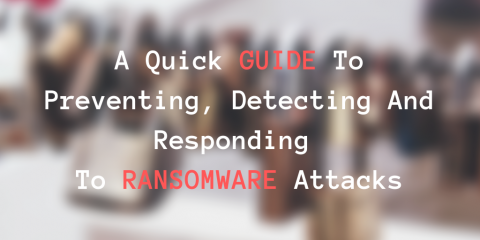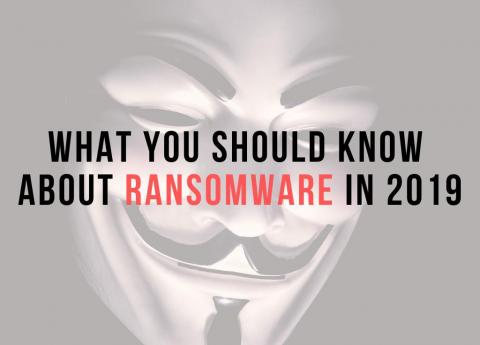The Rise of Ransomware as a Service (RaaS)
2019 Has been an interesting year for Ransomware thus far. After plaguing countless victims with dreaded ransom notes and bringing some pretty large corporations to their knees, the attack method built a strong reputation for inflicting cyber terror on consumers and businesses. As cyber criminals noticed increasing success from this method, the trends shifted towards more targeted enterprise attacks with the potential for more lucrative payouts.










